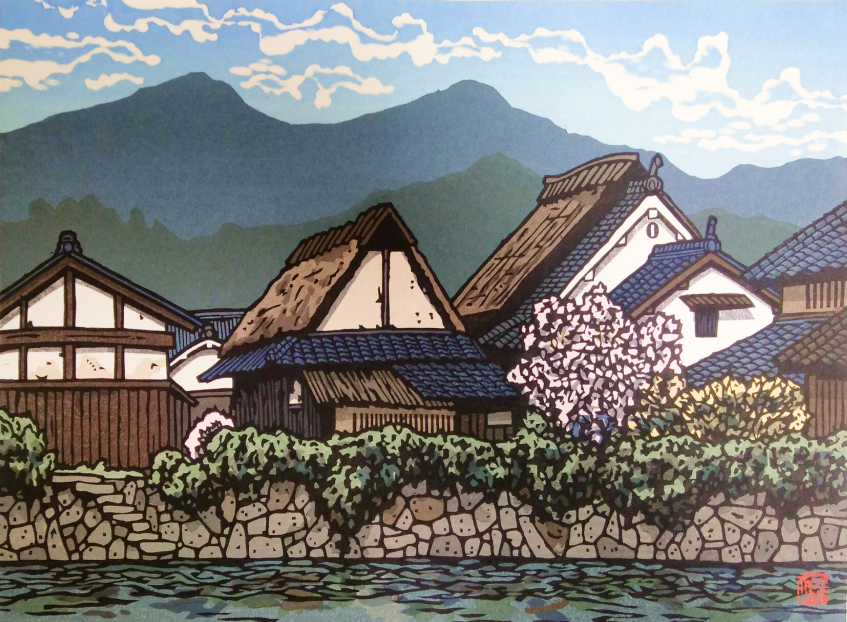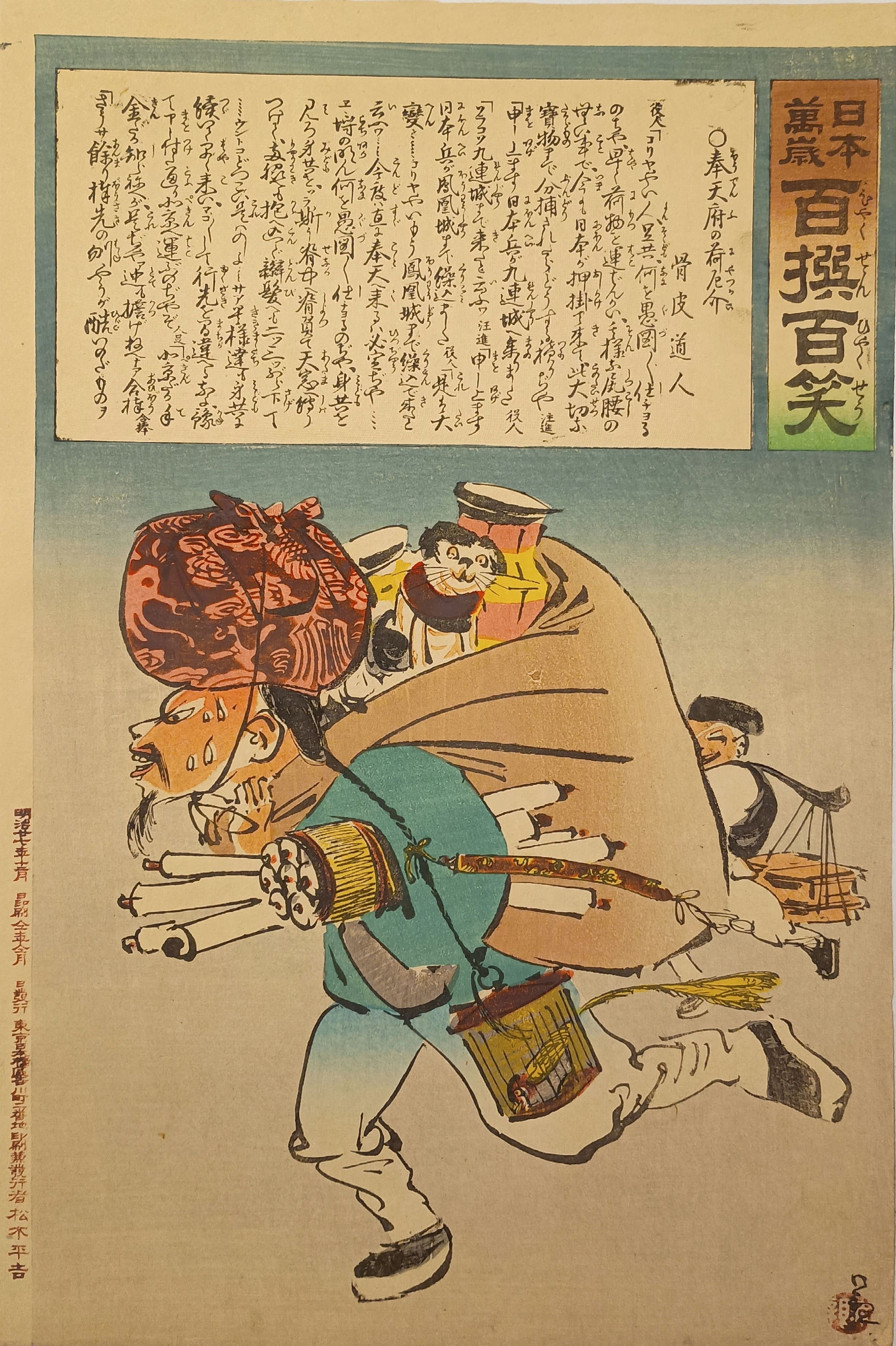Kobayashi Kiyochika
1847 ~ 1915Born in 1847 in Edo (present-day Tokyo), Kobayashi Kiyochika was the son of a low-ranking government official. He grew up in a Japan undergoing profound political
and cultural change, witnessing firsthand the transition from the Tokugawa shogunate to the Meiji Restoration—an experience that deeply influenced his artistic output.
Kiyochika studied traditional Japanese painting under two renowned masters of the time, Kawanabe Kyōsai and Shibata Zeshin, and also explored Western oil painting under the guidance
of the British caricaturist Charles Wirgman. Fascinated by imported lithographs and copperplate engravings, he soon turned to woodblock printing, integrating Western techniques—such
as chiaroscuro, perspective, and twilight atmospheres—into the traditional ukiyo-e style.
In 1876, he began publishing his celebrated night views of Tokyo (compiled in series like Tokyo Kaika Kenbutsu) which made him famous for his pioneering use of artificial light, darkness,
and reflections. These prints, called kōsenga (光線画, "pictures of light"), depict a city in transformation: clock towers, steam trains, gas lamps, and carriages. With a tone both nostalgic
and fascinated, Kiyochika portrayed the shift from the floating world of Edo to the modernity of Meiji Japan.
During the 1880s and 1890s, he also produced numerous senso-e (war prints), documenting the major conflicts of the time with patriotic fervour—particularly the First Sino-Japanese War (1894 ~ 1895)
and later the Russo-Japanese War (1904 ~ 1905). He worked as an illustrator for newspapers and magazines, and in 1894 opened his own art school.
Although he did not fully reinvent the ukiyo-e style, Kiyochika is today considered its last great master and a forerunner of the shin-hanga movement, thanks to his fusion of tradition and innovation.
He continued working until his death in 1915.

